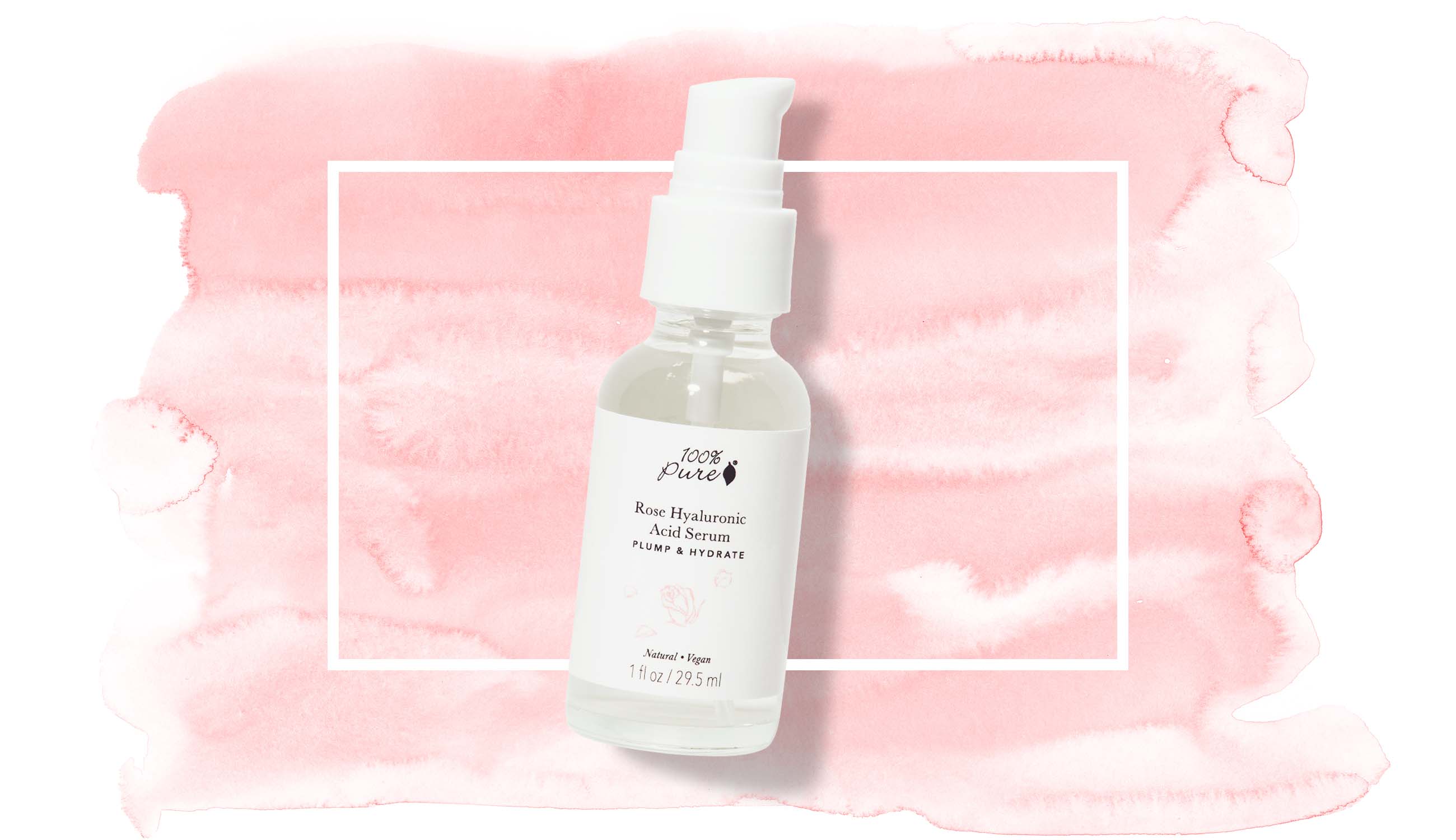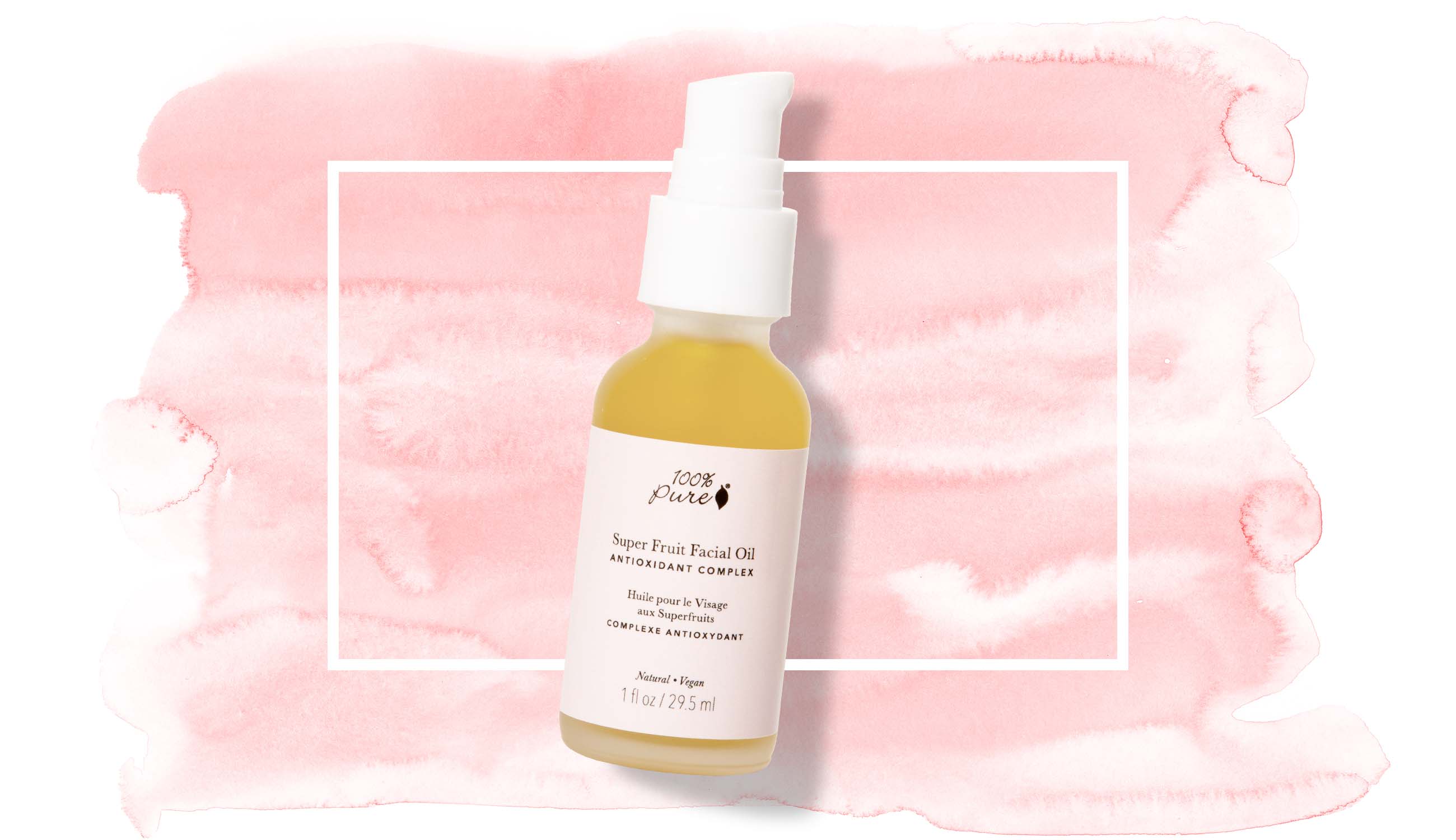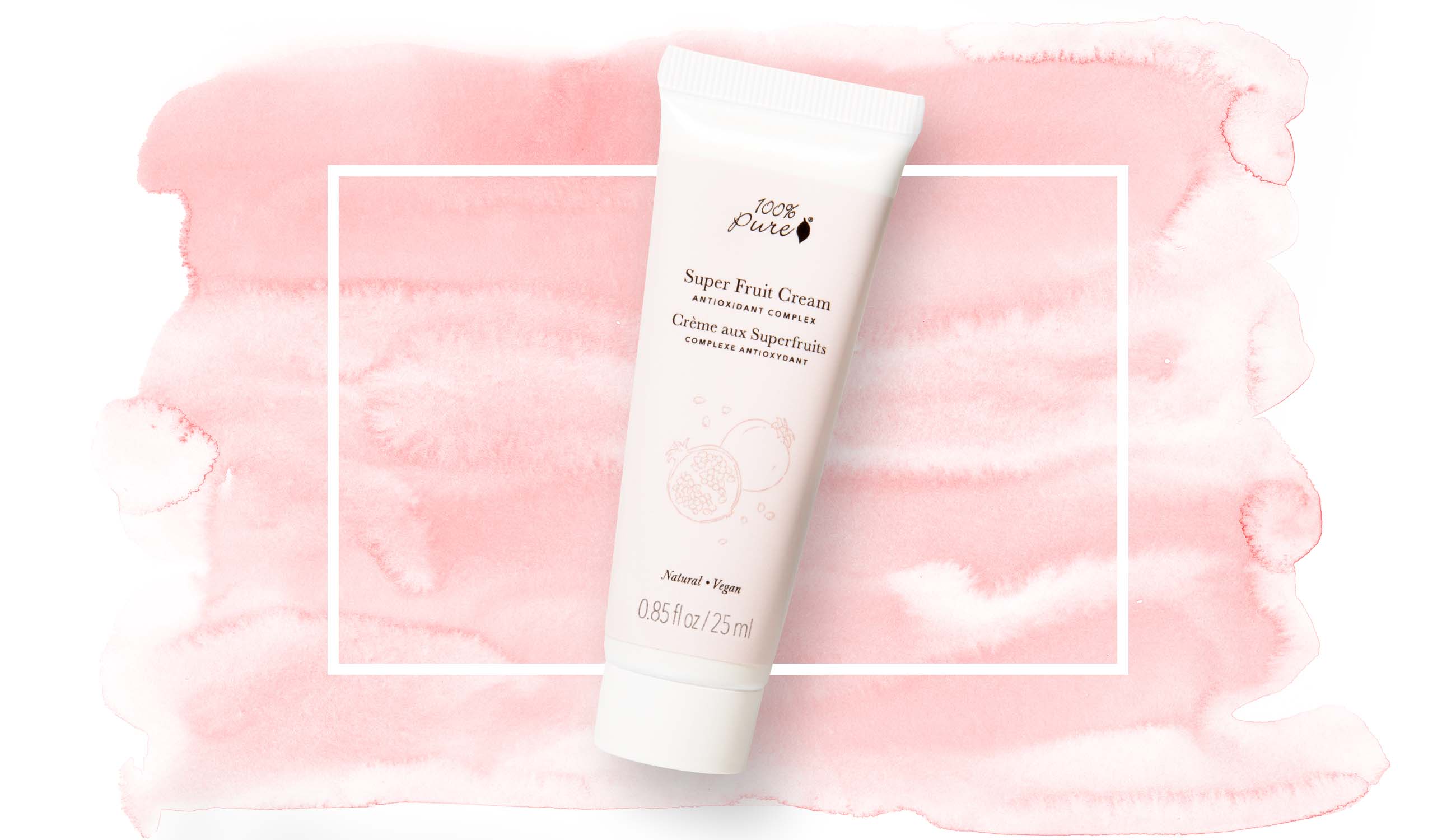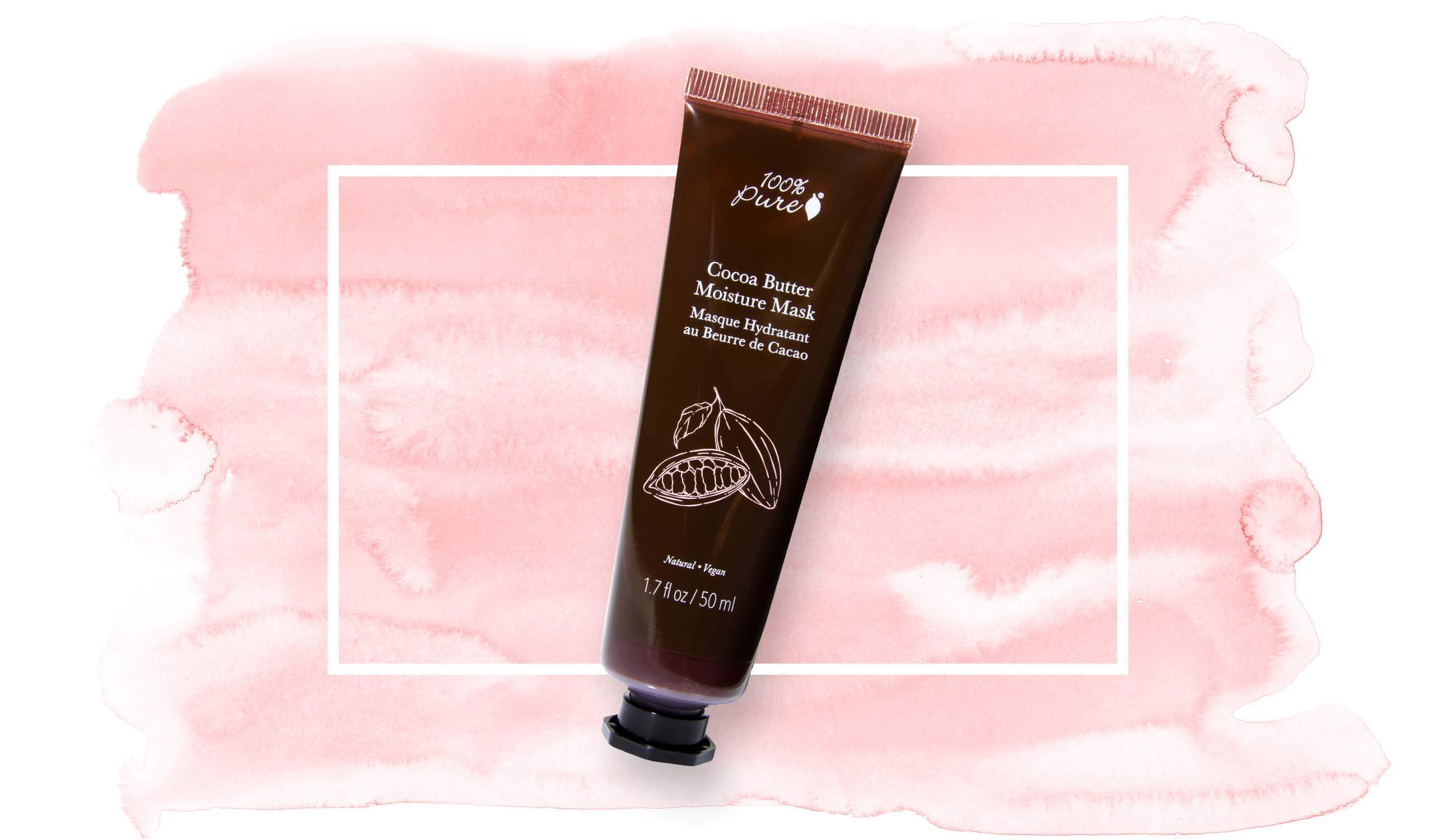The summer countdown has officially begun, and with it, we’re on a mission to get our cool, golden glow ready for the beach. This may sound easy, but for those of us with skin on the dry side, a dry skin care routine requires more than SPF and face mist.
So where do we start when looking for a change? It goes back to the basics of deciphering dry skin: what it wants, what it doesn’t, and how to care for dry skin to achieve skin harmony.
What defines dry skin?
Unlike other skin types that usually fall into a wide range, dry skin can be obvious. Within the skin, there is a feeling of tightness, discomfort and a lack of moisture or hydration on and within the skin. Imagine how our skin feels after spending a few hours in the pool on a hot sunny day. This can be how dry skin types feel 24/7.
In addition to that tight feeling, dry skin can be more prone to cracking, tearing, irritation, rashes, burns, and reactivity. Often with dry skin types, the acid mantle on the skin needs little maintenance.
Fortunately for us, the acid mantle can be taken care of and repaired. And since dry skin can be constant, recurring, or temporary, we’ve got a list of dos (and don’ts) for an ideal dry skin care routine.
What does dry skin need?
Now for the good stuff. We love to curate healthy, wholesome products. A therapeutic dry skin care routine starts not only with skin care, but with skin habits. Dry skin doesn’t need more than one extreme (oil and water) to balance dryness. Instead, it needs gentle care to come to a harmonious balance.
We start with some simple life changes. Adding a humidifier to your collection of home gadgets can do wonders for our baby plants and our skin. Take warm baths and showers and moisturize your body and face immediately after bathing for better absorption and lasting hydration.
Now for the actual dry skin care routine. Masks are part of a regular rotation of skin care products. Hydrating gel masks, sleeping masks, and sheet masks are all welcome to play with. Then we swap our foaming face products for options with more glide, as gentle, creamy cleansers nourish skin’s need for moisture.
Dry skin needs light layers of moisture, so for dry skin, serum is essential. And why not more than one, when we’re feeling fancy? Then, once we find the perfect moisturizer for dry skin, we seal it all in and add an SPF for the day or face oil for the night.

Our favorite products for dry skin
Let’s try our tips! Here are some game-changing things to take a dry skin care routine to the next level.
Hyaluronic acid rose serum
This gorgeous serum is designed to make skin glow with the ultimate hydrating trifecta of foundation: aloe, rose and glycerin. Skin breathes in this trio, soothed by these healing and calming ingredients before being infused with all the antiaging and beautifying florals in this lightweight formula.

Super Fruit face oil
The skin care sheriff, vitamin E, plays a leading role in this enriched facial oil, ideal for treating dry skin. Antioxidants from great fruits like acai and pomegranate help smooth, firm and repair skin. Super emollient and silky, this oil is the perfect kiss to the skin goodnight.

Super Fruit Cream
Hello Beautiful; This perfectly balanced cream is ready to sink directly into the skin. It’s healing with prickly pear and goji and moisturizing with aloe and olive for a double power duo of moisture and repair. This is also perfect for dry skin patches.

Hydrating mask with cocoa butter
Keeping it sweet and simple – just like the best dry skin care routines need – we can lather on this creamy mask for an extra shot of butter whenever skin needs it. With only a few ingredients, it’s perfect for even the most sensitive dry skin.
What to avoid dry skin
The simple solution to dry skin is to add more moisture (!), and as easy as it sounds, dry skin requires a little more TLC. So instead of starting with what dry skin needs, let’s start with what dry skin types should avoid.
-
Changing skin care too often. Dry skin can take a while to show changes and reactions to skin care. Rather than adding products to address dryness, consistency will help shed light on what works and what doesn’t.
-
Central heating and cooling along with extreme weather conditions, including hot baths and showers, can often lead to skin dehydration. Avoiding these extremes whenever possible will help skin retain moisture better in the long run, even if it feels refreshing in the moment.
-
SLS, otherwise known as sodium lauryl sulfate, can be extremely drying on any skin type. This surfactant can strip the skin of the moisture and oils that dry skin desperately needs to hold on to. Dry skin types should avoid facial cleansers or body products that contain SLS.
-
Exfoliating frequently may sound like a good idea, as it’s often a great way to remove dull skin and allow the rest of your skin care routine to take better care of the skin. In fact, since dry skin can often go hand in hand with being sensitive and reactive, this process could delay the healing of the acid mantle. This does not help retain moisture in the skin. Occasional gentle exfoliation may be okay, but regular or frequent exfoliation is not recommended for dry skin types.
-
Drying ingredients including products with high alcohol content, skin care with synthetics and fragrances, salicylic acid and certainly anything described as clarifying or mattifying. In some cases, retinoids should also be avoided or used infrequently, as these can also cause skin dryness.
Frequently asked questions about dry skin
What causes dry skin?
Dry skin can be caused by a number of factors, including genetic predisposition, environmental factors such as cold weather and low humidity, excessive washing or use of harsh soaps, aging, and certain medical conditions. It occurs when the skin does not retain enough moisture, leading to a tight, uncomfortable feeling and sometimes peeling.
How often should I moisturize if I have dry skin?
Hydration should be a daily routine. For dry skin, it’s best to moisturize immediately after bathing and washing hands, and throughout the day as needed. Using products specifically designed for dry skin, which usually contain ingredients like hyaluronic acid and glycerin, can provide more effective hydration.
Can diet affect dry skin?
Yes, diet plays a key role in skin health. Foods rich in omega-3 fatty acids (such as fish, nuts and seeds), vitamin E (such as almonds and avocados), and antioxidants can help improve skin moisture levels and overall health. It is also essential to stay hydrated by drinking plenty of water.
What type of cleanser is best for dry skin?
Use a gentle, moisturizing cleanser that doesn’t contain alcohol or fragrance. Cream or lotion-based cleansers that contain moisturizing ingredients are ideal. Avoid foaming cleansers as they can strip the skin of its natural oils.
How can I protect my skin from drying out in winter?
During the winter, use a humidifier to add moisture to the air, take shorter showers with lukewarm water, and apply a thicker moisturizer. Protect your skin from strong winds and low temperatures with appropriate clothing.
